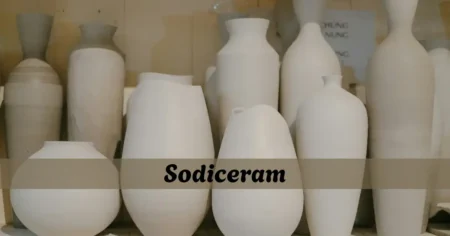In the fast-paced world of restaurants, customer experience is everything—and that extends well beyond the dining area. A poorly maintained restroom can quickly ruin a guest’s perception of your establishment. In fact, surveys show that over 80% of customers associate a dirty restroom with overall cleanliness and food safety standards. For busy restaurants, staying on top of toilet maintenance isn’t just good practice—it’s essential for avoiding disaster.
Here are key toilet maintenance tips to keep your restrooms clean, operational, and up to par with customer expectations.
1. Develop a Regular Cleaning Schedule
Don’t rely on visual checks alone. A structured cleaning schedule ensures that the restrooms are cleaned consistently throughout the day. High-traffic restaurants may need to clean every 30 to 60 minutes during peak hours. Include tasks like:
- Disinfecting toilet seats, handles, and flush levers
- Wiping down sinks and countertops
- Replenishing toilet paper, soap, and paper towels
- Mopping floors and emptying trash cans
Having a checklist posted in the restroom for staff to initial each time it’s cleaned keeps accountability high and standards consistent.
2. Invest in Quality Fixtures
Durability matters in a commercial setting. Invest in heavy-duty toilets, faucets, and hand dryers that can withstand constant use. Look for features like touchless flushing systems, auto faucets, and vandal-resistant designs. These reduce the spread of germs and minimize maintenance issues from wear and tear.
Toilets with powerful flushing systems also help prevent clogs—a common issue in restaurants due to overuse or improper disposal of items.
3. Train Staff to Spot Issues Early
Front-of-house and cleaning staff should be trained to recognize and report early signs of plumbing trouble. Things to watch out for include:
- Slow-flushing or running toilets
- Unusual odors or gurgling sounds
- Leaks around the base of the toilet or from pipes
- Backups or pooling water
Promptly addressing these warning signs can prevent a minor inconvenience from becoming a major (and expensive) plumbing disaster.
4. Use the Right Cleaning Products
Toilet cleaning in a restaurant requires industrial-strength solutions that can disinfect and deodorize efficiently. However, it’s important to avoid corrosive chemicals that can damage pipes, seals, or fixtures over time. Use products that are safe for plumbing systems and septic tanks if applicable.
Make sure your team is trained on how to use these products safely, especially when mixing chemicals or working in enclosed spaces.
5. Schedule Professional Inspections
Even with consistent daily upkeep, your toilets and plumbing systems still need professional care to stay in top condition. It’s wise to schedule routine inspections with a licensed plumber in Kaysville to:
- Detect hidden leaks
- Clear out slow drains or small clogs
- Evaluate water pressure and flush efficiency
- Examine the integrity of valves and seals
By taking a proactive approach—ideally every six months—you can prevent costly emergencies and minimize disruptions to your restaurant’s operations.
6. Encourage Proper Guest Use
It may feel awkward to manage how customers use your facilities, but subtle nudges go a long way. Signage can politely remind guests not to flush anything other than toilet paper. A simple message like, “Please help us keep the restroom clean—do not flush wipes, paper towels, or feminine products,” can prevent costly clogs.
Ensure that trash bins are conveniently placed and emptied regularly so guests don’t resort to flushing what should be thrown away.
7. Keep Supplies Well-Stocked
Running out of essentials like toilet paper or soap creates a negative experience and could lead to misuse of facilities. Designate a staff member to check supplies at set intervals throughout the day. Use lockable dispensers to prevent theft or tampering.
You might even consider using smart dispensers that alert staff when refills are low—an investment that can save time and ensure consistency.
8. Design for Easy Maintenance
If you’re designing or renovating your restaurant restrooms, choose materials that are easy to clean and maintain. Wall-mounted toilets, for example, allow easier floor cleaning. Smooth, non-porous surfaces resist stains and bacteria buildup. Adequate lighting and ventilation also play a big role in maintaining a clean, fresh atmosphere.
Final Thoughts
A clean, functional restroom reflects your commitment to quality and attention to detail. In a busy restaurant, toilet maintenance can be a challenge, but with a solid plan, proper training, and routine inspections, you can avoid costly disruptions and unpleasant customer experiences.
By prioritizing restroom cleanliness, you’re not just preventing plumbing disasters—you’re reinforcing your restaurant’s reputation for excellence.



